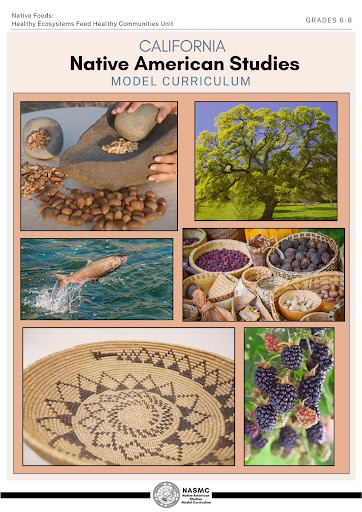Overview
Free Resources!
Native Food Experiences

Author: This unit was researched, authored, and edited by the California Indian Museum and Cultural Center, California Indian Education for All, and the San Diego County Office of Education. Key writers and researchers of this unit are Nicole Lim, Jayden Lim, and Dr. Staci Block. The unit resources were designed and created from funding through the California Department of Education’s Native American Studies Model Curriculum grant and contract.
Grade(s): 6th-8th Grades
Suggested Amount of Time: Two 60 minute Class Periods
Curriculum Themes
- History
- Relationship to Place
Learning Goals
Compare Indigenous and introduced foods and their impacts on health and the environment.
Analyze Pomo perspectives on food traditions and cultural values.
Reflect on the role of food in shaping community and identity.
Lesson Overview
In this lesson, students will examine Pomo perspectives on traditional Indigenous foods and settler-introduced foods. They will explore cultural norms surrounding food, reflect on the relationship between the environment, food, and community, and consider how food experiences shape identity and culture.
Teacher Background
The understanding of nutrition and Native foods by exploring nutrition labels for introduced and Indigenous foods. Comparing the nutritional content of Indigenous and introduced foods emphasizes the differences specifically in cholesterol, saturated fat, added sugar, and fiber content. Comparing Introduced and Indigenous foods prepares students to further explore their relationship with food and consider the role models in their lives that can support healthy eating habits. While Native peoples’ relationship with food has dramatically changed over time, the state of Westernized foods has also changed. To highlight this change, students will choose a trusted adult or mentor in their lives (preferably from their family), to interview about their food history.